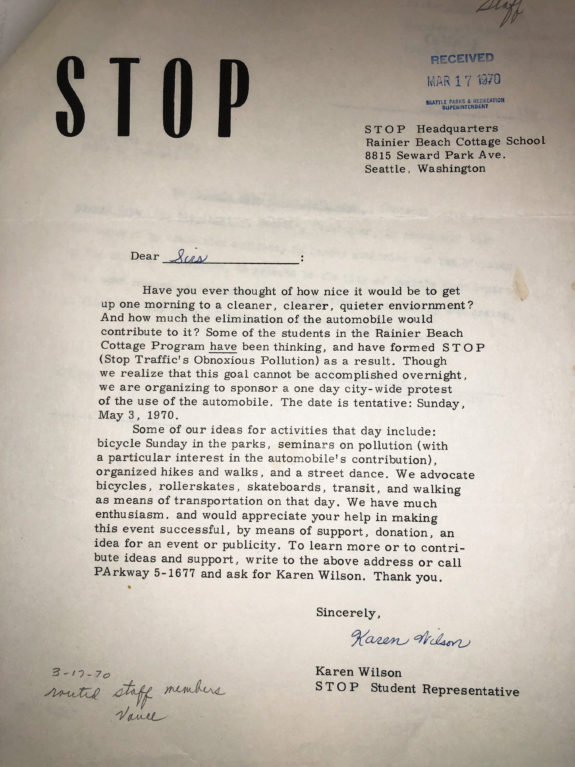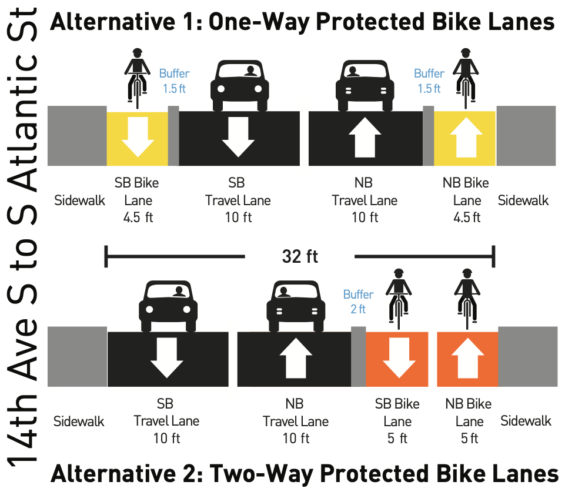The Kirkland City Council voted 6–1 Tuesday to levy a $20 vehicle license fee to raise $1.3 million per year for walking, biking and Safe Routes to School projects. Collection will begin January 2024.
The vast majority of the projects listed for funding are new sidewalks and crosswalks. There are also a handful of neighborhood greenways and some bike lane enhancements, though biking projects clearly take a back seat to walking projects. But either way, it is a good list of projects.
“These revenues are proposed to support issuing debt to accelerate nearly $26 million dollars of pedestrian and bicycle safety priority projects from the Safer Routes to School Action Plans (SRTSAP) and the Active Transportation Plan (ATP),” city staff wrote in a memo to the Council. So even though they will only collect $1.3 million per year, the investments will come faster than that.
Kirkland passed its Safer Routes to School Action Plans in 2020 and Vision Zero and Active Transportation Plans in 2022, so the city has been ramping up to this moment for a while. The city is also preparing for a series of major openings along the Cross Kirkland Corridor Trail, their section of the EasTrail. In 2023, the Totem Lake Connector trail bridge is set to open, a connection to the 520 Trail should begin construction, and the trail should be extended further into Bellevue.
Kirkland initially established its Transportation Benefit District in 2014, but left it unfunded until now. Kirkland’s new fee is expected to raise $1.3 million per year, but the Council decided to delay collecting it until January 2024 due to “the unprecedented rate of inflation at the present time and other pressures on the cost of living.” The approved collection plan was already assumed in the city’s 2023-24 budget.
Below is the funding plan for the TBD (see the chart and read the city memo in this PDF). You can also watch a presentation to City Council and their votes. (more…)









